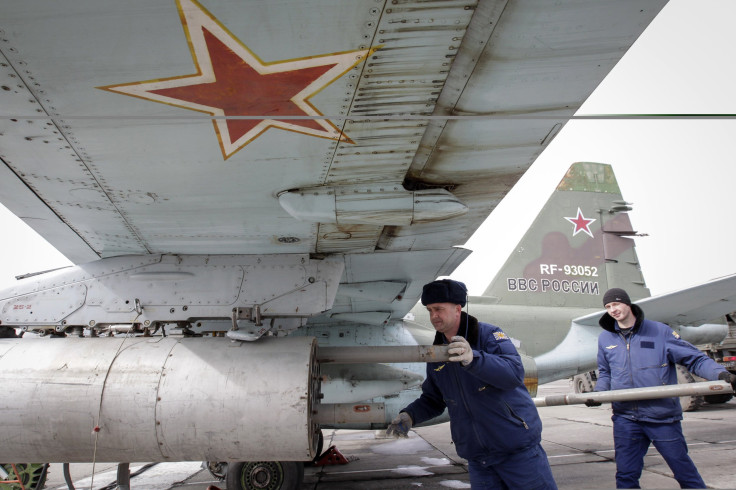Civilian Aircraft At Risk Over Secretive, Frequent Military Jets Incursions In Europe

The European Aviation Safety Agency, or EASA, has issued a call against the increasing incursions of military jets over the entire European airspace, stressing such activities risks the safety and lives of those on board commercial civilian air carriers.
In a report released on Tuesday, EASA said "safety occurrences involving civil and non-cooperative military aircraft" had risen in 2014. It added "the risk to civil aviation is high and this means that mitigating measures to reduce the risk to an acceptable level need to be taken." It didn’t directly name Russia in the report. But an unidentified source told the AFP the samples and data mentioned in the report had been “talking about Russian military aircraft.”
Russia has stepped up its patrols over Europe, with NATO counter responding by scrambling more jet fighters. Russia had been alleged to be flying with its electronic identification often turned off.
EASA also mentioned in its report that it found a significant increase in "non-cooperative" military activity in recent years over the Baltic Sea. It defined "non-cooperative" planes as those without a filed flight plan or refuse to engage or identify themselves when ordered by civil air traffic controllers.
The aviation watchdog said 13 incidents in the Baltic region occurred in 2014, where two aircraft flew close enough to each other enough to warrant an aviation disaster. The two planes have been found to have flew only 100 metres (300 feet) apart vertically and 0.5 nautical miles (900 metres) apart horizontally. “In two cases, the pilot and ATC (Air Traffic Control) reports indicated that if no avoiding action had been taken, the chance of collision would have been very high,” it said.
The report presents the overall data:
- 4 AIRPROX “occurrences” (situation in which the distance between aircraft as well as their relative positions and speed have been such that the safety of the aircraft involved may have been compromised) involving civil and military aircraft in 2012
- 6 such “occurrences” and 1 airspace infringement in 2013
- 16 such “occurrences” and 3 airspace infringements in 2014
- 3 airspace infringements in January 2015
To report problems or to leave feedback about this article, email: e.misa@ibtimes.com.au.





















